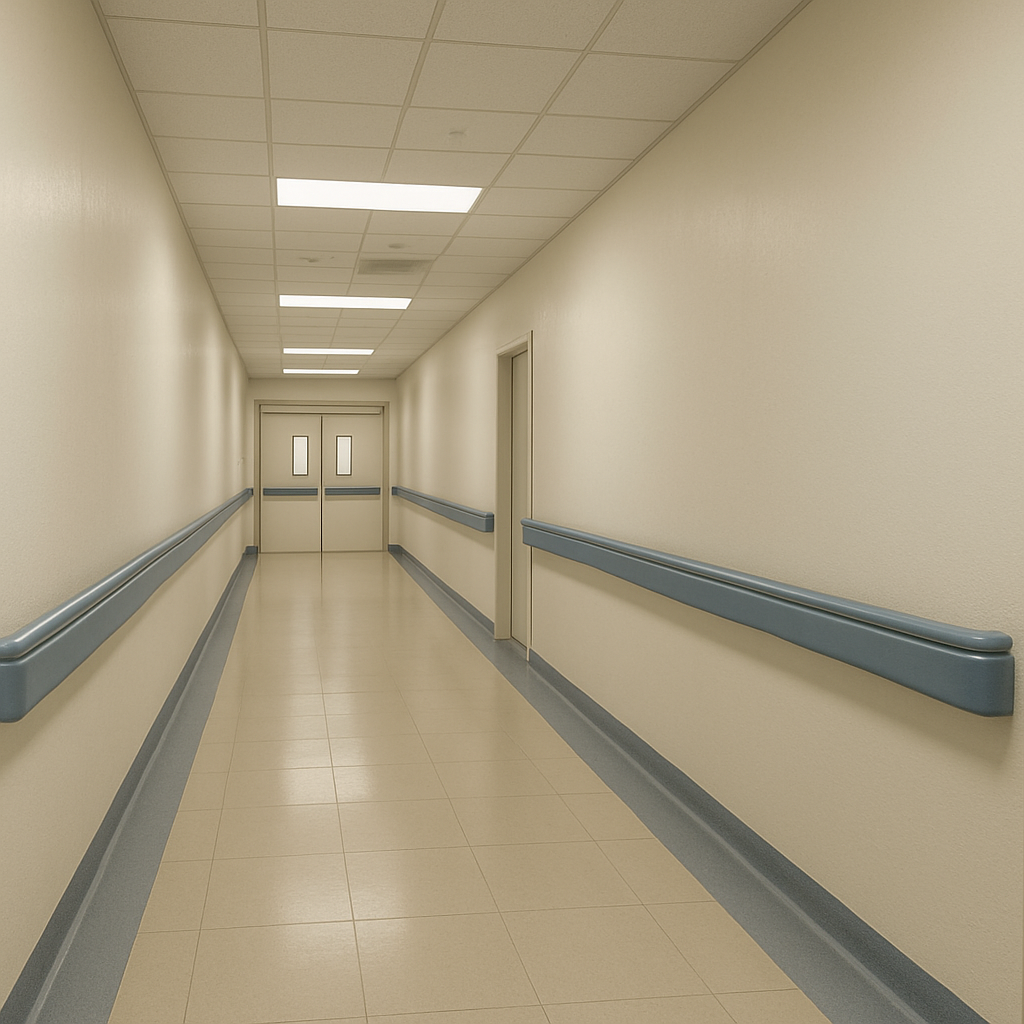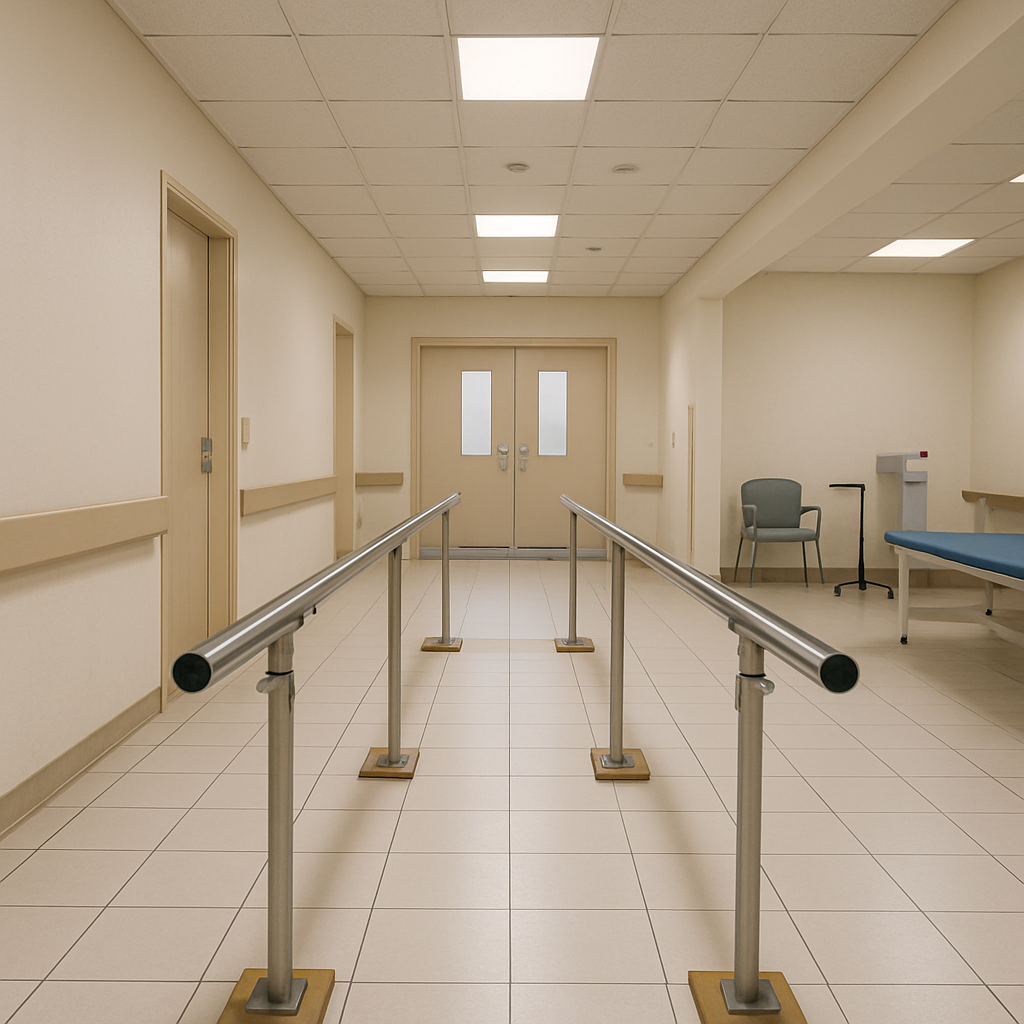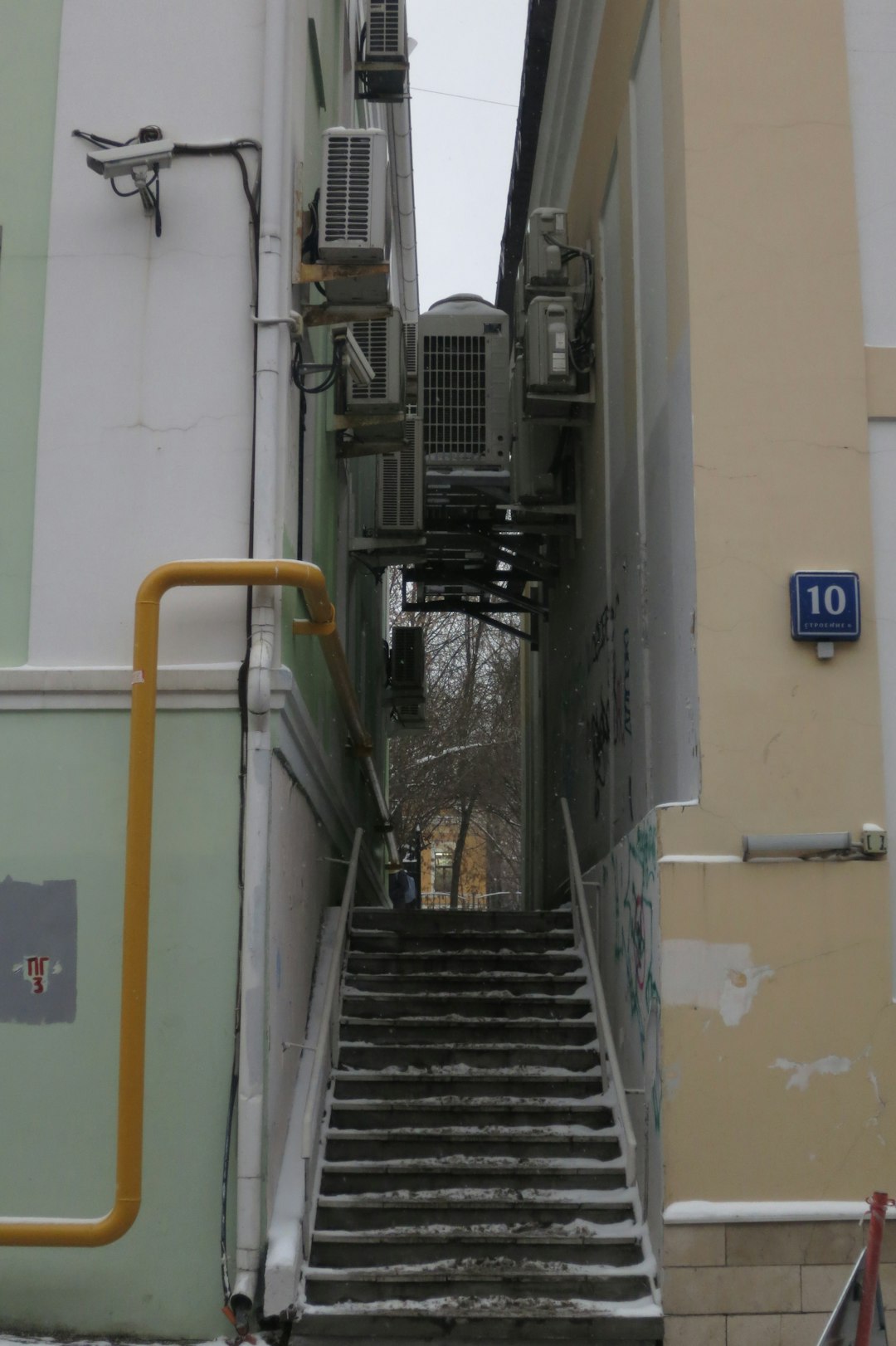 Service Hotline:13510328459
Service Hotline:13510328459
 205-206, 2nd Floor, Building 2, Xiazao Village Industrial Zone, Gaofeng Community, Dalang Street, Longhua District, Shenzhen City
205-206, 2nd Floor, Building 2, Xiazao Village Industrial Zone, Gaofeng Community, Dalang Street, Longhua District, Shenzhen City
 Service Hotline:13510328459
Service Hotline:13510328459
 205-206, 2nd Floor, Building 2, Xiazao Village Industrial Zone, Gaofeng Community, Dalang Street, Longhua District, Shenzhen City
205-206, 2nd Floor, Building 2, Xiazao Village Industrial Zone, Gaofeng Community, Dalang Street, Longhua District, Shenzhen City
Time:2025-09-25 Preview:
When you walk into a hospital, you might notice handrails lining the corridors and hallways. These handrails are not just for decoration; they serve essential functions that enhance the safety and accessibility of the facility. Understanding the purpose of hospital accessibility handrails can help us appreciate their value and recognize the role they play in patient care and safety.
One of the primary purposes of hospital accessibility handrails is to enhance patient safety. Hospitals are busy places where patients, visitors, and staff move around frequently. Handrails provide stability and support for patients who may be weak, unsteady, or recovering from surgery.
Falls are a common concern in healthcare settings, especially for elderly patients or those with mobility issues. Handrails help prevent falls by offering a stable surface to hold onto. This support is crucial for patients who need assistance with balance as they move through the hospital.
Handrails are a critical component for patients using mobility aids like crutches, walkers, or wheelchairs. They offer additional support, making it easier for these individuals to navigate hospital corridors safely and independently.

Hospitals are places of healing and recovery. Accessibility handrails play a vital role in the rehabilitation process for many patients.
Physical therapy is an integral part of many patients' recovery plans. Handrails provide necessary support during exercises and mobility training sessions. They allow patients to practice walking and balance exercises in a safe, controlled environment.
For patients recovering from surgery or illness, regaining independence is a significant milestone. Handrails give patients the confidence to move around without fear of falling, promoting self-reliance and encouraging active participation in their recovery process.

Hospitals aim to be inclusive environments that cater to the needs of all individuals. Accessibility handrails are a part of this commitment to inclusivity.
The Americans with Disabilities Act (ADA) sets standards for accessible design in public spaces, including hospitals. Handrails are required to meet specific height and safety standards to accommodate individuals with disabilities. Compliance with these standards ensures that hospitals are accessible to everyone, regardless of physical ability.
It's not just patients who benefit from handrails. Visitors, particularly elderly family members or those with disabilities, also rely on these supports. Additionally, hospital staff may use handrails to assist in patient transport or when navigating busy corridors with equipment.

When it comes to handrail installation in hospitals, several factors need to be considered to ensure they meet safety and accessibility standards.
Hospital handrails must be durable and easy to clean. Materials like stainless steel or reinforced plastic are commonly used for their strength and hygiene properties. The design should be smooth and free of sharp edges to prevent injury.
Handrails should be installed at a consistent height along corridors and staircases, usually between 34 and 38 inches from the floor, as per ADA guidelines. They should extend beyond the end of a ramp or staircase to provide additional support.
Regular maintenance is crucial to ensure handrails remain safe and functional. Hospitals should conduct routine inspections to check for any damage or wear and address any issues promptly.
In emergency situations, such as evacuations, handrails can be lifesavers.
During an evacuation, handrails provide a guide for individuals to safely exit the building. They help maintain order and prevent chaos as people move through corridors and down staircases.
Emergency responders may also use handrails to navigate quickly and safely through a hospital during crises, ensuring they can reach those in need efficiently.
The purpose of hospital accessibility handrails extends far beyond mere aesthetics. They are a critical component of hospital design, contributing to patient safety, aiding in recovery, improving accessibility, and ensuring efficient emergency response.
By understanding and appreciating the role of handrails, we can recognize their importance in creating a safe and inclusive healthcare environment for everyone. As hospitals continue to evolve, maintaining and installing proper handrails will remain a priority for enhancing the well-being of patients, visitors, and staff alike.
